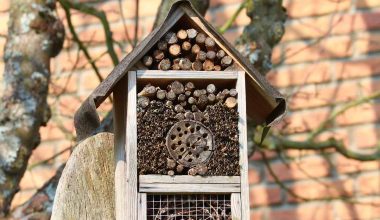Table of Contents Show
What are Natural Resources?
Natural Resources are those resources that exist in nature without any help from humans. Natural resources can include all important characteristics like aesthetic values, cultural values, scientific interests or commercial and industrial uses.
On Earth, Natural resource examples include sunlight, atmosphere along with air we breathe, water, land, timber, oil, coal, minerals, soil and different forms of energy.
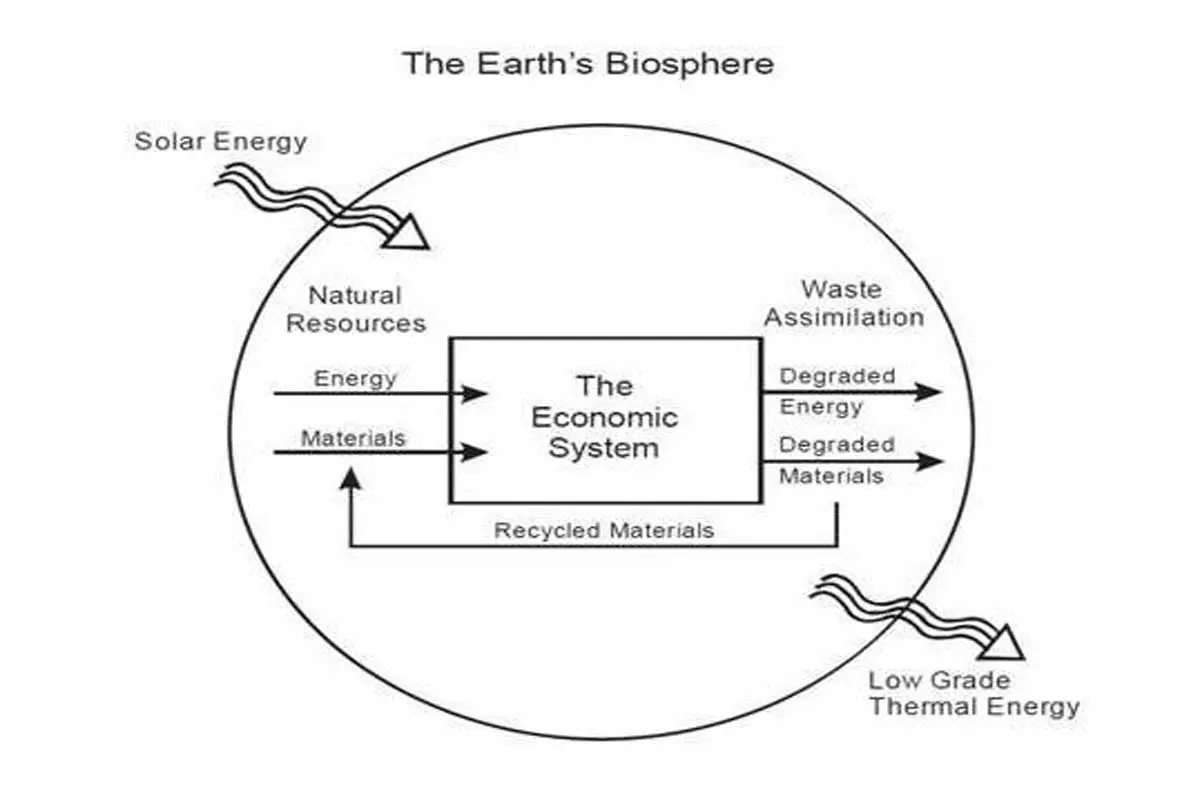
Natural Resources can be classified into renewable and non-renewable resources:
- Renewable resources are never-ending and include Solar, Wind, Biomass, Hydropower, Tidal energy and many more.
- Non Renewable resources are resources which cannot be naturally replenished at the speed they are being used by human demand. Non-renewable resource examples include fossil fuels, natural gas, oil, minerals and other elements of nature.
Non-renewable resources are the source of our carbon footprint, as they usually result in release of carbon dioxide into the atmosphere.
To read more about these examples check 21 examples of Renewable and Non-renewable resources.
Importance of Conserving Natural Resources
Humans have been dependent upon natural resources to survive for millions of years; however, not all of them were renewable. Our food and water, the air we breathe and the homes we make; are all derived from natural resources.
Humans are utilizing natural resources for their continued survival on the planet.
Hence, we must actively take part to ensure continuous supply of these natural resources and in turn, promote the health and life expectancy of humans as well as the Earth.
Human activities, mainly the unsustainable use of fossil fuels, have brought about climate change and global warming. Saving natural resources can reduce greenhouse gas emissions and make a positive change to our natural environment.
Humans utilize a vast array of natural resources that may include air, soil, water, coal, sun, plants, animals, and minerals. Nature is the sole provider for our basic fundamental needs, such as clothing, shelter, and food. There are a huge number of forest products that we use today.
Each and everything that we are utilizing in our daily lives is available only through natural resources. Besides, even human-made products are also derived from pre-existing natural resources.
We live in self-belief that these resources will never run out; however, that is NOT true!
These natural resources may run out one day due to the vastly increasing population, paid urban development, and industrialization, increasing their demand every day.
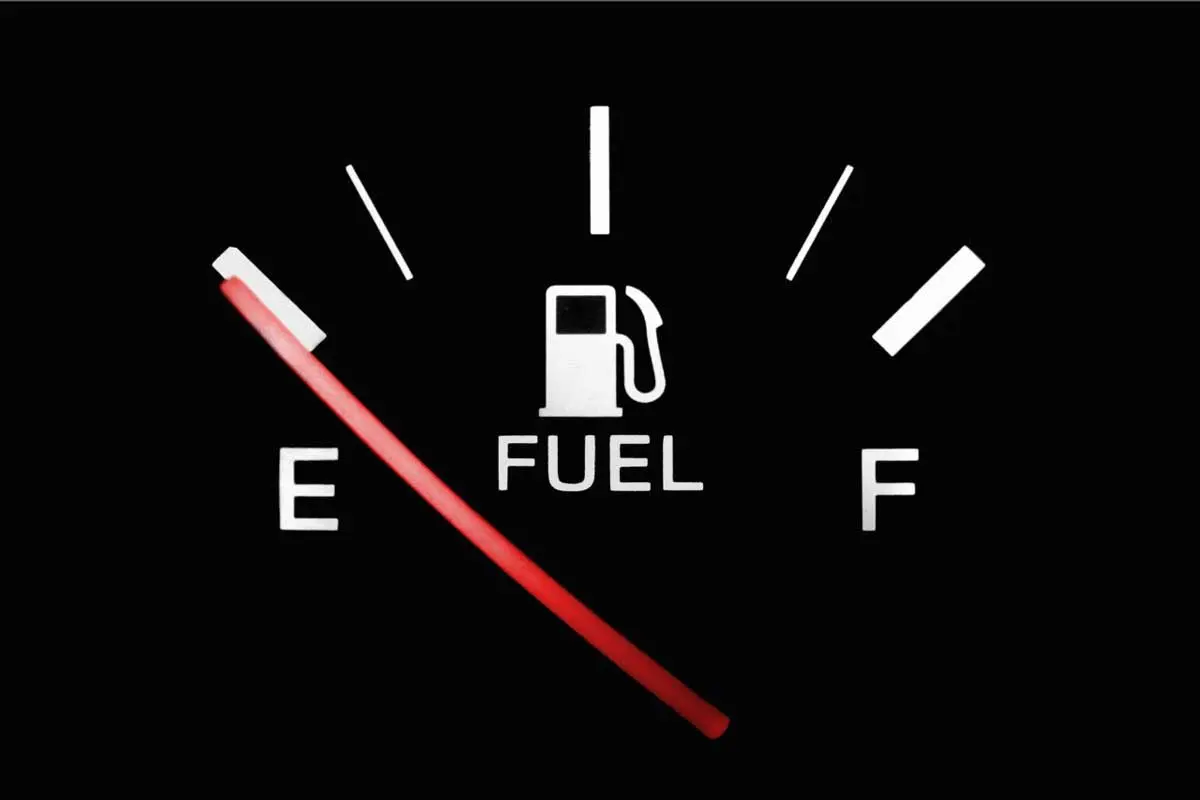
Steps need to be taken by us to ensure that we don’t run out of these natural resources. Failure to do so can put our future generations under great stress.
Conservation of natural resources ensures that we won’t be deprived of these resources and that the ecological balance is maintained.
40 Best Ways to Conserve Natural Resources
Here are 50 of the best conservation practices. Adapting these conservation practices may seem overwhelming but it soon becomes a part of your green lifestyle.
Our guide will include simple ways to conserve natural resources at home, school, work and throughout your lifestyle.
1. Prevent soil erosion by planting trees
This means planting trees and vegetation to control soil erosion by water and wind. Vegetation and trees are vital in maintaining a balanced ecosystem.
They also provide habitats for insects, birds, and other symbiotic plants. This ensures sustenance of vegetation which, in turn, conserves wildlife altogether.
Reforestation and Afforestation is extremely helpful in preventing soil erosion.
2. Using renewable energy resources
Alternative sources of energy, or renewable energy resources, are much more eco-friendly. They don’t produce any harmful greenhouse gases that cause damage to the environment.
Solar energy, wind energy, and other renewable energy resources are much better than fossil fuel. In some cases, they can also be cheaper than the already available non-renewable energy resources.
For example, people living in mountains are much better suited to using solar than carrying gallons of fuel up to the mountains and using it. However, fossil fuels can be used as backup energy supply in limited quantities.
3. Grow vegetation in catchment areas.
Catchment areas act as sources of water, allowing water to flow into streams, rivers, seas, and oceans.
If vegetation is grown in catchment areas, they will promote absorption of water into deeper layers of soil. This will allow for groundwater aquifer formation.
4. Conserve water at home
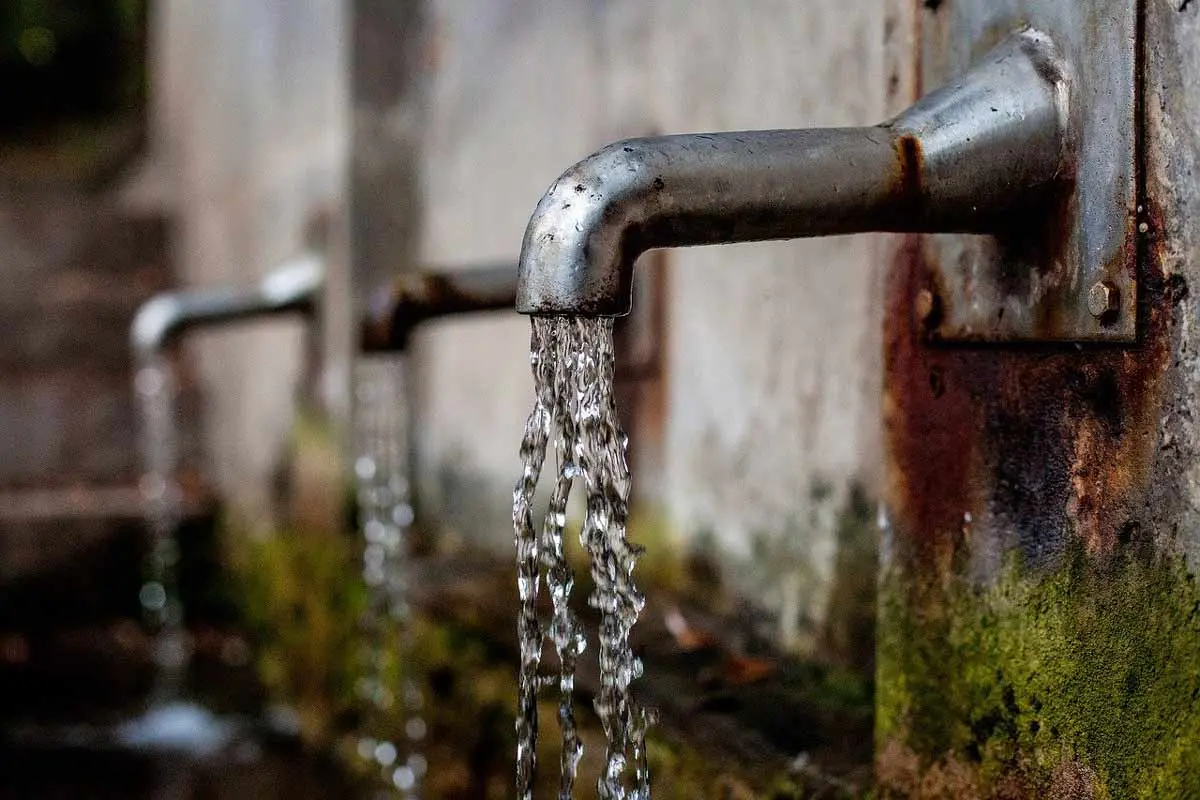
This often involves simple practices or JUST PAYING ATTENTION. Ensure that taps are tightly twisted off when they are not in use.
Take less time while showering aids to conserve gallons of water. The water-saving by limiting showers is enormous!
Lots of clean tap water is wasted while you apply soap on your hands. Inquire about sensor water taps which only release water when hands get close enough. They can be quite water-conserving.
Reusing water from sinks and showers to water outdoor gardens or backyards can also be a useful practice.
Some families completely release their wastewater into the backyard which can yield strong smells. Try that practice only if you have a huge backyard or you live on the countryside and can release the waste onto the farm.
Make sure NOT to release hazardous waste into your farm because that will impact your livelihood!
5. Rain harvesting
Another practice of water conservation is harvesting rainwater during rainy seasons. This water is then used during dry seasons. This minimizes usage of water directly from water-bodies.
This harvested rainwater can be used for irrigation in our farms and watering lawns in our houses.
6. Develop policies to regulate poaching
Poaching leads to killing of many animals. It has driven many animals to endangerment and extinction. These include elephants, leopards, rhinos, for their horns and skins that are sold in black markets.
Poaching is a significant threat to our biodiversity as they are slowly causing extinction of many species.
Regulations need to be put in place and strictly implemented to stop poaching worldwide.
7. Use pipelines to transport oil
Oil leaks are usually as a result of oil transport in shipping containers. The oil spills are catastrophic to flora and fauna, resulting in death of many species.
Therefore, pipelines should be opted as a much safer and more efficient way of transporting oil.
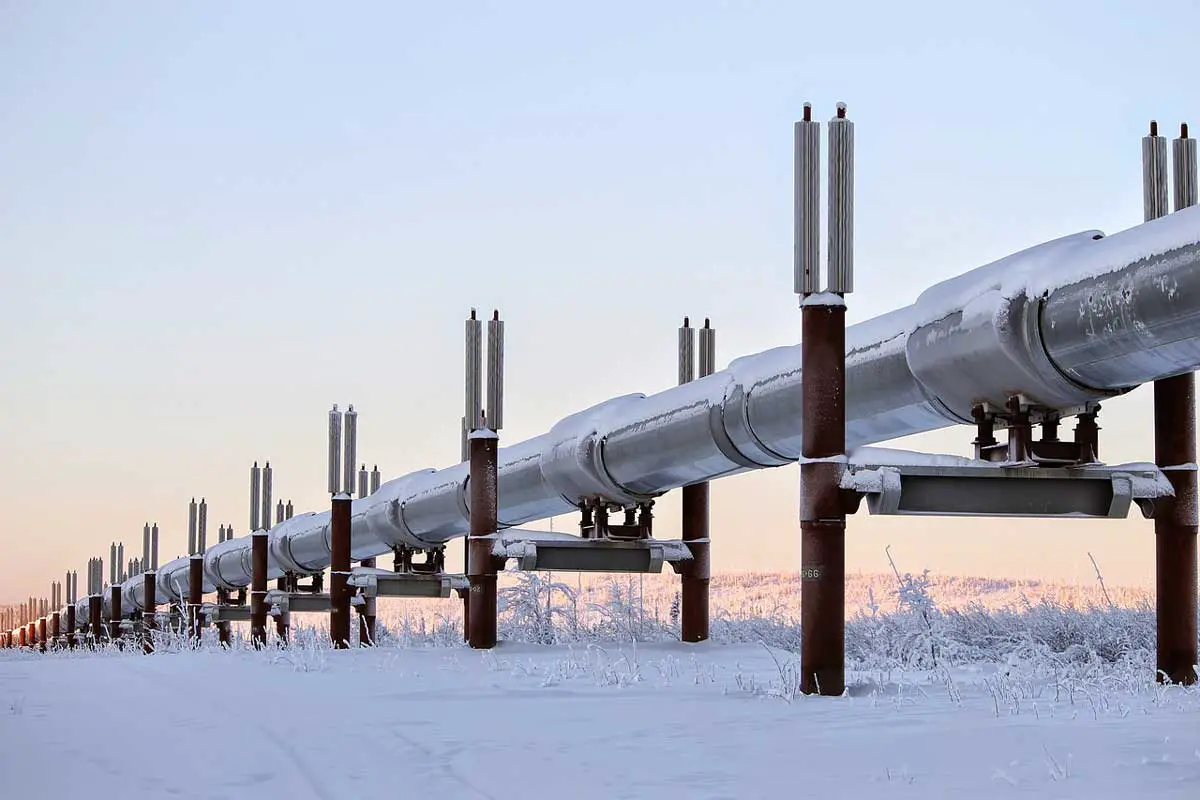
Trans-Alaska pipeline system is the perfect example of using pipelines to transfer oil for long distances. It’s an 800-mile long pipeline to transfer oil from Prudhoe bay to Valdez, Alaska. The pipeline was built between 1955-1957 and is one of the world’s largest pipelines.
Another safe way would be to reduce demand of oil by opting for renewable sources of energy. This will remove the risk altogether.
8. Treat industrial waste and sewage
Rapid industrialization has led to incredible production of waste that can harm ecosystems. The release of this waste can lead to an absurd amount of water pollution anywhere in the world.
Therefore, industrial and human waste must be treated before release to prevent water pollution.
9. Practice simple ways to conserve energy at home
These practices may include turning off lights, fans and air-conditioning when you leave the room. You should also unplug electrical appliances you’re not using. These keep on using very small amounts of electricity when they are plugged in, so be careful.
Additionally, this will help reduce your energy bill as well!
P.S: According to Natural Resource Defense Council (NRDC); an average home has 65 devices plugged-in. 2/3 of those devices pull more than 1 watt of power when idle!
10. Try out dimmer switches
Dimmer switches allow you to dim your light according to your needs. This will help you save on energy consumption and also get you the desired amount of light.
Dimmer switches are also used in fans to control the amount of airflow and energy use.
11. Close doors and vents
Remember to close your doors and vents. This will help you conserve heat indoors, preventing extra usage of heater and unnecessary energy cost.
Additionally, you can also place door sealers to reduce heat loss from under the door.
Although a small amount of ventilation is necessary; closing vents and doors doesn’t necessarily mean there is no ventilation. There are always very small creeks to ensure some ventilation.
12. Skip the dishwasher
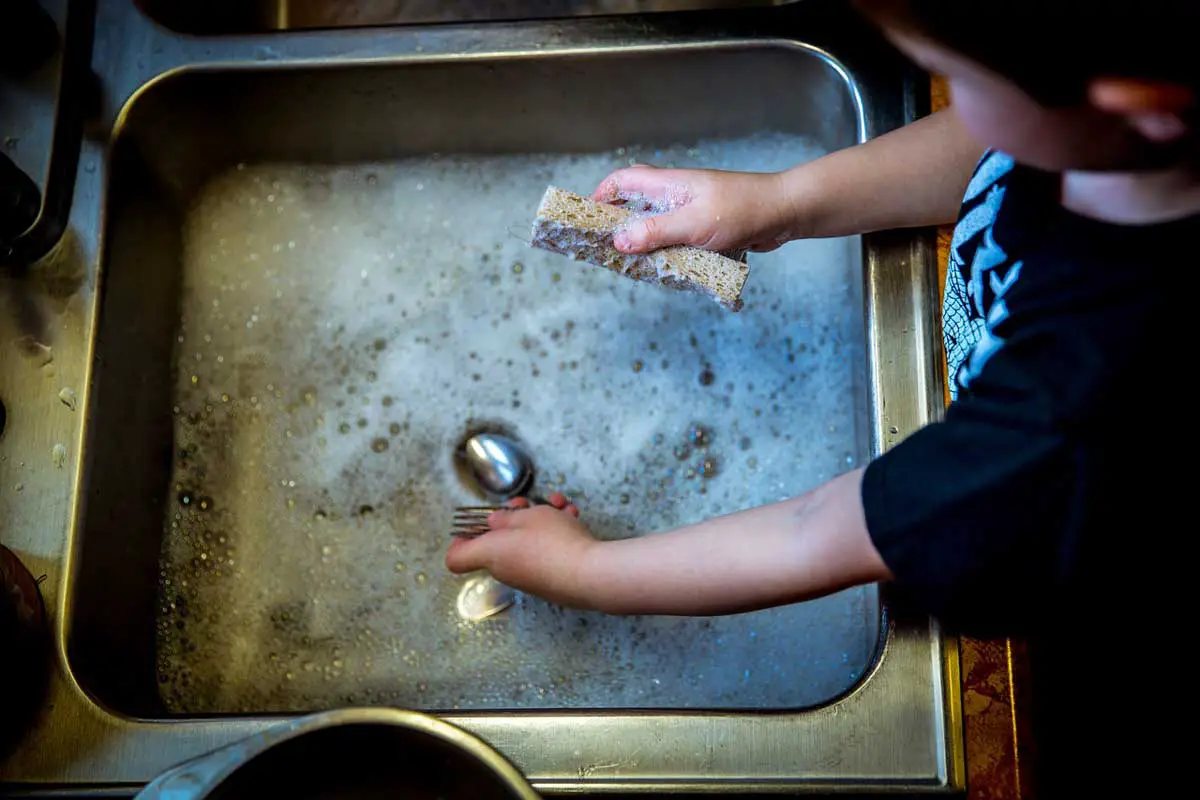
Stop using the ‘dry’ option of your dishwasher. Simply dry your dishes on the rack. This will conserve energy.
Some of the new dishwashers come with an option of ‘air-drying’. This option dries the kitchenware with air at normal room temperature. This will be a slower process, taking 5 minutes more on average. However, you’d be saving 15% on energy-use in every cycle.
Alternatively, you can also wash your plates by hand and recycle your old dishwasher.
13. Avoid mercury
Mercury is a highly toxic material and has various health and environmental risks. So get rid of mercury-containing objects at all costs.
Older model appliances like chest freezers, heaters, clothes iron and dryers and washing machines have switches which use mercury to switch the device on and off. Even gas-fired appliances like heaters and furnaces contain mercury.
When you think any of your home appliances contain mercury, it is advisable to change those products with newer models which are safe. Additionally, you should look for safe disposal sites to discard mercury-containing objects.
14. The practice of in-situ or on-site conservation of wildlife
This means to conserve the animals and plants in their natural habitats. Not only that, but it is also essential to protect the sites in which these animals and plants are conserved.
This includes natural areas like wildlife sanctuaries, parks, biosphere reserves and natural forests.
15. Practice Ex-site of offsite conservation of wildlife
If conservation of animals and plants isn’t possible in their naturally occurring habitats, conserving these animals and plants needs to be done outside the natural habitat.
These may include areas including pollen banks, botanical gardens, DNA banks, zoos, and tissue cultures. This will also ensure long-term survival of those species.
16. Use of bio-fuels
Fossil fuels have been the primary source of energy for more than a century now. However, they are now depleting rapidly.
This is a call for starting use of alternative fuel sources such as biofuels, mainly from plant species. Bio-fuels are friendlier for the environment and reduce the occurrence of air pollution.
17. Use of biogas in our houses
Liquefied Petroleum Gas (LPG) is the most dominant source of fuel in our houses today. Continued use of LPG will eventually result in depletion of oil reserves.
Biogas is a great alternative to LPG. Biogas made from cattle dung and biogas plants, therefore, can be used as an alternative.
18. Planting trees in Backyards
Trees help in providing shade and perfect air conditioning to our homes. Trees allow us to have access to clean air for us to breathe, creating ideal air conditioning. This will help to cut down the cost of electricity from the use of air conditioning appliances.
Trees reduce overall outdoor temperatures by providing shade. This will cut down your electricity costs by making sure your air conditioner doesn’t have to work overtime.
You should also take part in reforestation campaigns.
19. Recycle and Reuse Plastics
This waste may include paper and plastic bags that result in tons of garbage. Recycling enforces the re-manufacturing of already used materials. This will reduce the number of waste products, thereby reducing overall pollution.
Plastic bags have an incredible decomposition time which can be cut down by re-use.
Even plastic bottles have a huge environmental footprint attached to them. Estimates show that a 500ml plastic bottle of water has a total carbon footprint up to 82.8 grams (about 3 ounces) of carbon dioxide.
20. Avoid buying products with large amounts of non-recyclable packaging
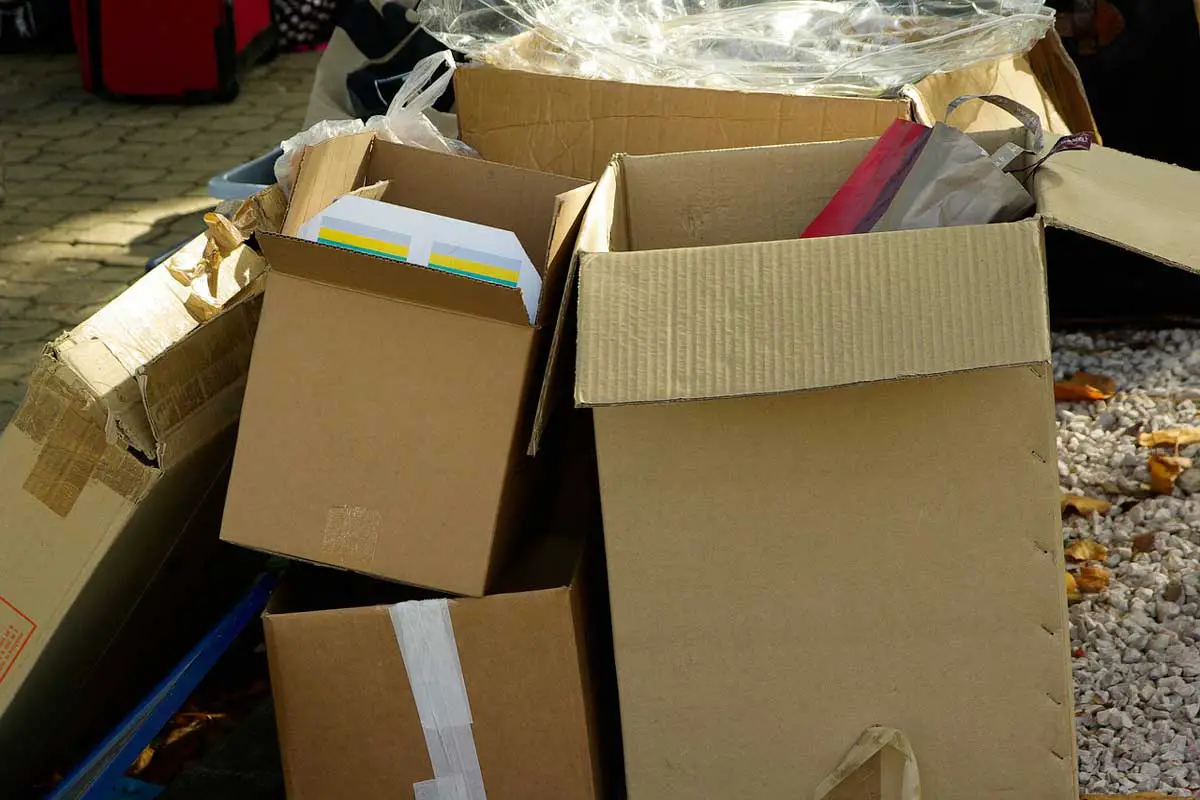
Products such as processed foods come with vast amounts of packaging. Most of the time, packaging is made out of single-use plastics or other non-renewable materials, meaning that they will likely end up in landfills.
Focus on buying products packed with recycled material like cardboard or recycled paper. You can also recycle this material later on.
21. Make use of e-mails
Electronic mails prevent use of paper, thus reducing paper usage and pollution. Email has reduced the production of paper and also reduced cutting down of trees.
22. Shut down your computer
Before you go to sleep, don’t leave your computer unnecessarily on. Please turn it off. This will not just conserve energy, but will also protect your computers from being damaged.
23. Don’t charge your phone overnight
We all like to leave our phone on for charging overnight to be at a 100% battery when we wake up. We should avoid doing this. As the battery gets fully charged, the phone will keep on charging even though it doesn’t need to. This will also damage the battery of your phone.
Some of the newer phone models claim to stop charging once full, research suggests otherwise.
24. Buy hybrid cars
Hybrid cars use a combination of electricity and fuel to produce power, lowering gas consumption. This has allowed people to drive more miles with minimal use of fuel.
Hybrid cars use a technology to run cars on electric batteries. It’s only when higher power is required that those batteries are supplemented with power from burning gas.
25. Protect your tires
Make sure your tires are adequately inflated. This will ensure your tires have a longer life, save your precious gas and money.
26. Use of Jute bags
Much of the waste and landfills being produced are due to excessive use of plastic bags. Start using jute bags from now onwards when you visit any grocery store. Ensure that products are wrapped in materials that can be recycled.
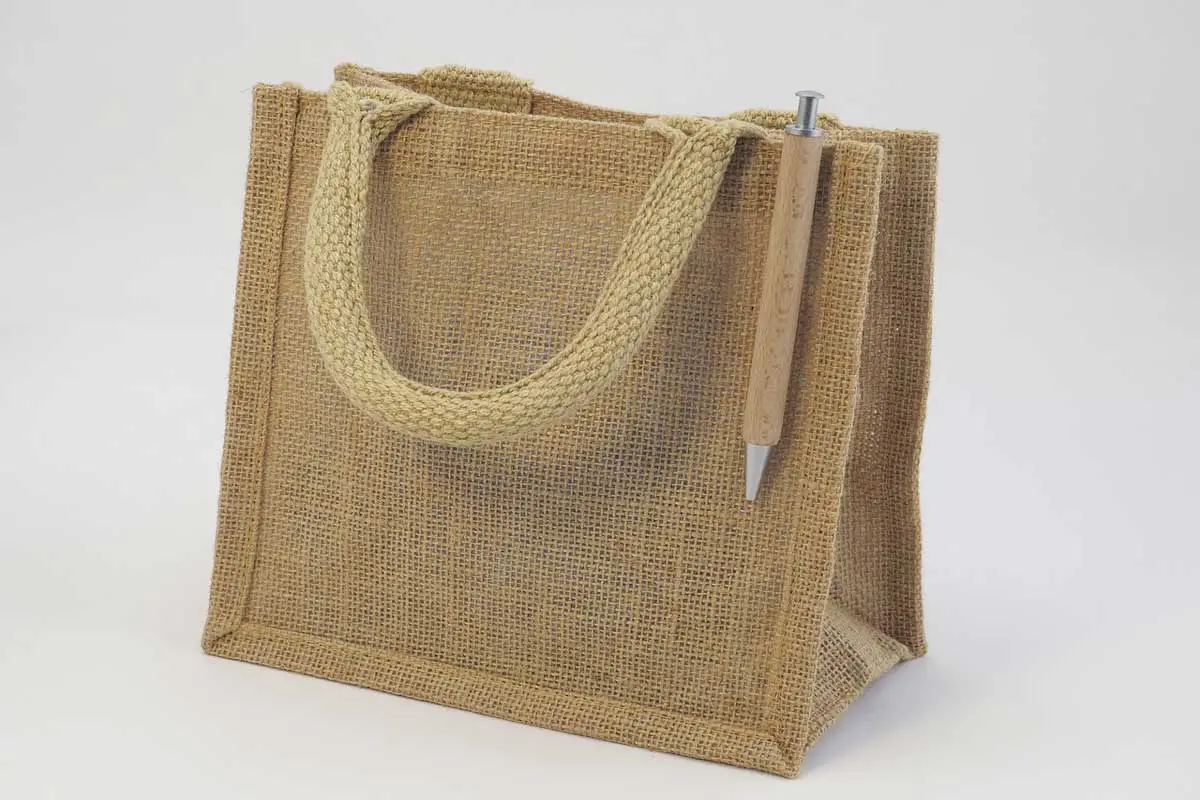
27. Efficient production by industries
If industries work on ways to make their production flow more efficient, they will reduce energy wastage, ensuring limited use of natural resources.
Industries should also take up recycling and conservation practices to ensure sustainability.
28. LED bulbs
The use of energy saving LED bulbs helps to minimize your energy bill. They are also longer-lasting, ensuring you will buy fewer bulbs overtime (save money).
29. Use ceramic cups
Stop using disposable cups for your daily dose of caffeine. Instead, switch to ceramic mugs. This will ultimately reduce waste and overall safety of the ecosystem.
30. Water lawns and farms in evening
Try watering your lawn and garden during the evening. This ensures there is reduced evaporation of water due to scorching heat of the sun, thereby providing more water to the plants.
This increases overall water-effectiveness for plants and crops.
31. Reuse old furniture
People choose to change their furniture regularly. The old furniture should either be sold off or donated for them to be reused. The old furniture can also be sculptured and redecorated in order to save wood. This can help in tackling deforestation.
In addition, you’ll be surprised to know that there is a large amount of furniture that ends up in landfills. This doesn’t only increase deforestation but also takes up unnecessary space.
32. Translocation of wild animals
The rapid rise in population has led to encroachment of wildlife habitat. This has then resulted in a human-animal conflict where the wildlife has killed humans, or humans have killed wildlife to protect themselves.
Translocation involves moving wild animals to areas where there won’t be human-wildlife interaction, thus fencing any conflict.
Human-wildlife interaction is actually one of the major reasons for wildlife endangerment.
33. Practice crop rotation
Start practicing crop rotation as it helps to maintains soil fertility, making it remain productive for a much longer time.
Crop rotation helps to conserve land nutrients. These land nutrients in turn help to keep the land fertile. Hence, we need practice sustainable farming practices to keep bringing food to the table.
34. Drip irrigation
Farmers must adapt to drip irrigation so they can conserve water. Drip irrigation involves use of droplets to water crops which allows for 70% water conservation efficiency. Additionally, drip irrigation reduces the use of fertilizers and pesticides which result in nutrient pollution.
Conventional farming involves use of flood irrigation which uses and wastes loads of fresh water that can be used for drinking!
35. Make special schemes to preserve endangered plants and animal species
This will include botanical gardens and sanctuaries that will help to protect endangered species and allow them to repopulate wildlife populations.
You can try and volunteer at these sanctuaries to help those precious species.
36. Reservoirs
Constructing reservoirs will help to regulate the amount of fresh water. The dams can also be used as a source of hydro-electric power, another source of renewable energy.
37. Stop overfishing
Overfishing may interrupt aquatic life and cause depletion of fish available in our water bodies. This may pose a threat to aquatic species and cause them to become endangered.
Regulations must, therefore, be imposed to avoid fishing and protect marine life.
P.S: Here are the Top 10 most endangered marine mammals!
38. Prevent overgrazing
The number and movement of cattle must be controlled so that overgrazing in a small piece of land can be prevented. Overgrazing destroys land that is needed for agriculture and makes it prone to soil erosion.
39. Terracing and Gabions
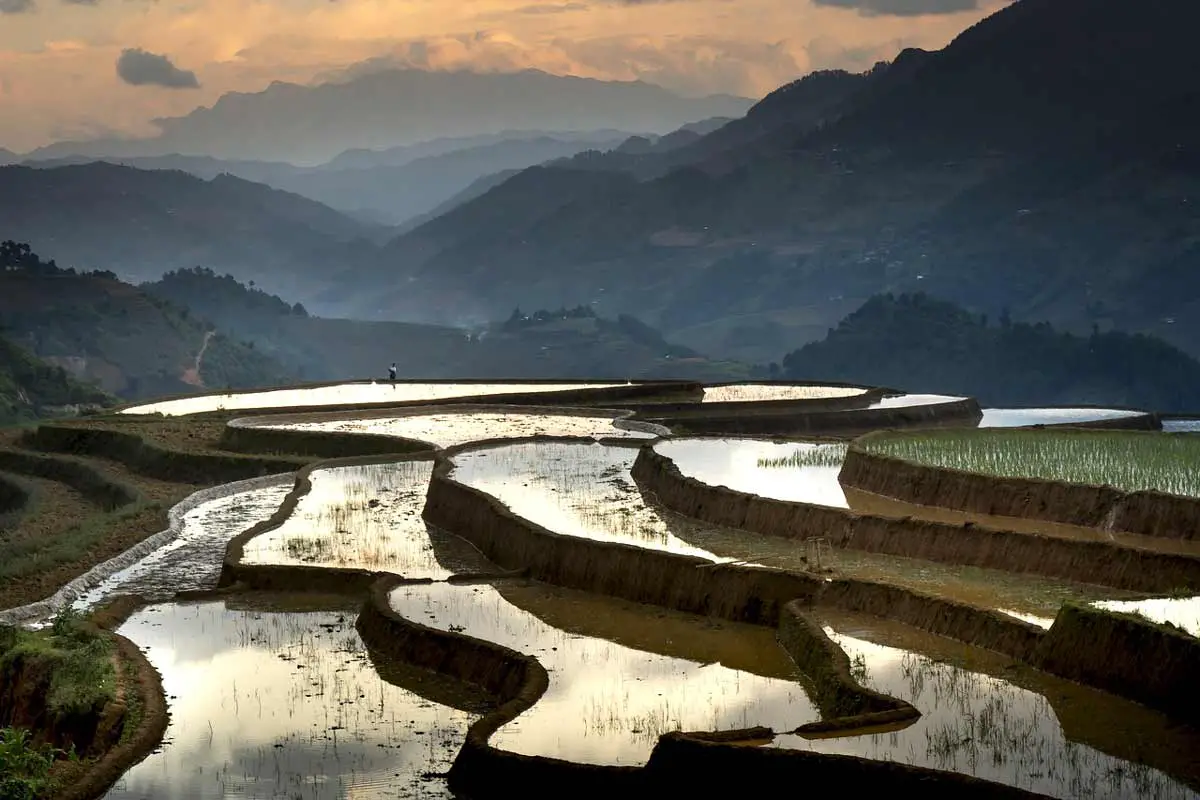
Terracing helps to conserve soil. Therefore people should be encouraged to making terraces and gabions (stone walls) in sloped lands. This is all part of landscaping to ensure adequate food production from agriculture lands.
40. Limit consumption of meat and chicken
Sometimes it isn’t bad if you stop consuming meat and chicken. The heavy usage of meet and chicken around the world has led to an increase in demand. Intensive livestock farming involves heavy use of natural resources. These requirements may be difficult to meet consistently.
Therefore we should limit our usage and try to adopt more vegetables in our diet. Additionally, you can also opt into ethical eating which is very healthy and much better for the environment.
41. For the Future
It is only with sustainable development that we will be able to meet today’s demands without compromising the needs of our future generations.
Sustainable development is the main principle to ensure our targets of human development goals are met, all the while ensuring the ability of Earth’s natural systems to provide natural resources and ecosystems services that our economy and society heavily depends upon.


